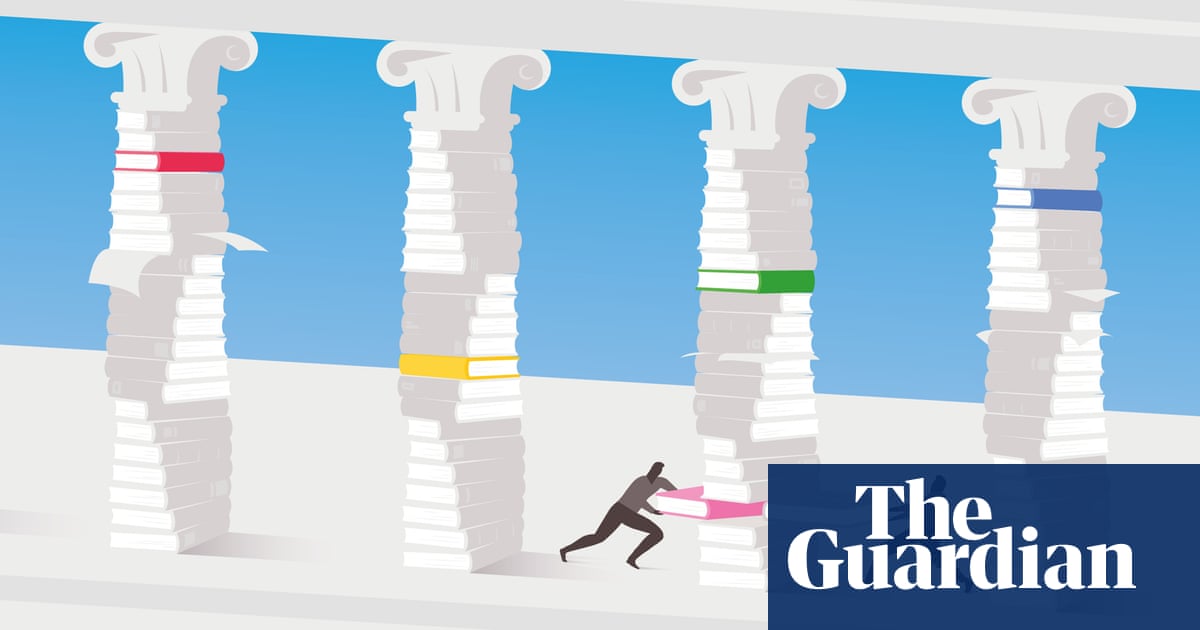
The past year has seen an unending drumbeat of climate-driven disasters. And yet, the climate story of this past decade has been one of slow but steady progress. Global CO2 emissions have flattened, and countries representing 88% of global emissions have adopted or announced plans to get to net zero in the latter half of the 21st century.
Another reason to be hopeful is that clean energy became cheaper much faster than expected. The cost of both solar energy and batteries fell tenfold in the last 10 years and the cost of wind energy by two-thirds. Solar is the cheapest form of new electricity to build in much of the world today, and electric vehicles now represent 13% of new vehicle sales globally.
But this doesn’t mean we can rest on our laurels. Far from it. We are still nowhere near where we need to be to meet our climate goals. In the most recent Intergovernmental Panel on Climate Change (IPCC) report, which I contributed to, we found that if we want to limit warming to 1.5C we can only emit 420bn more tons of CO2 – equal to around 10 years of current emissions. This means that even with the progress we’ve made, the increase in global temperatures is very likely to exceed 1.5C by the early 2030s.
So where does that leave us? The short answer is: “It’s complicated.”
To start with, it’s important to emphasise that climate change happens incrementally rather than in big jumps. There is no evidence that 1.5C represents a boundary between manageable and catastrophic impacts. But the further we push the climate beyond where it has been for the past few million years, the greater and more unpredictable the risks become. Large climate shifts in the Earth’s past, and potential future tipping points such as CO2 release from thawing permafrost, should give us pause: we can’t easily predict what might happen. Every tenth of a degree matters if we want to minimise the harm we inflict on ourselves and leave to future generations.
But equally, just because we pass 1.5C does not mean that there is no way back. We know that if we can get emissions down to zero the world will effectively stop warming. And climate models show that if we remove more CO2 from the atmosphere than we are emitting it will actually cool the world back down. Removing CO2 from the atmosphere and oceans was highlighted in the recent IPCC report as an “essential element” of meeting our climate goals. Virtually all climate models suggest that we need to remove 6bn tons of CO2 per year by 2050 alongside rapid emissions reductions to bring temperatures back down to 1.5C by the end of the century.
One form of carbon dioxide removal people are already familiar with comes in the form of trees and soil. The Earth’s living systems already sequester about a quarter of the CO2 we emit today (with another quarter absorbed by the oceans). There is real potential to enhance this “natural carbon sink” by protecting forests, planting more of them, and changing how we manage agricultural land and pasture to get more carbon into the soil. This is relatively low cost today, but it is also likely to prove temporary. Trees may be cut down, burn down, or die from beetle infestations, while soil may dry up due to drought or heat – and these risks will increase as a result of climate change. There are also limits to the land available to use. All in all, models suggest that trees and soil could provide only half of the carbon dioxide removal that we need.
There are other more reliable ways to take carbon out of the atmosphere over the long term. Such approaches are still at an early stage, but are being rapidly developed by hundreds of companies around the world. They include direct air capture, which sucks CO2 directly from the atmosphere; taking agricultural waste or wood and storing carbon from it deep underground; spreading minerals like basalt that absorb CO2 from the atmosphere on to agricultural fields; removing CO2 directly from ocean water; making ocean water less acidic so it absorbs more CO2; and sinking kelp or other plants into the deep ocean where the carbon they have absorbed will stay for millennia to come.
These approaches are less likely to be reversed and are less limited by available land. But they tend to be much more expensive, at least at the moment. It follows that we should be focusing on making them cheaper, the way we did with renewable energy. This is the goal of Frontier, a $925m advance market commitment that Stripe, where I am climate research lead, has launched alongside Alphabet, Shopify, Meta and McKinsey. The idea is simple: by guaranteeing money up front, we’re sending a signal to entrepreneurs and researchers that if they build and scale those early-stage technologies, we will buy them. This approach was piloted a decade ago to accelerate the development of the pneumococcal vaccines in low-income countries, and saved an estimated 700,000 lives.
We have a saying in the climate science world – that CO2 is forever. It will take close to half a million years before a ton of CO2 emitted today from burning fossil fuels is completely removed from the atmosphere naturally. This means that when we try to neutralise or undo fossil fuel emissions – for example, with carbon offsets – those interventions should operate over a similar timeframe: a ton of emissions from cutting down trees can be neutralised by putting more carbon in trees or soils, but CO2 from fossil fuels needs to be balanced by more permanent carbon removal. This is the reason why the respected Science Based Targets initiative only allows measures that permanently remove carbon from the atmosphere to neutralise a company’s remaining fossil fuel emissions in their net-zero standard – and only alongside deep emissions reductions.
We should not oversell the role of carbon removal. The vast majority of the time it is cheaper to reduce emissions than to remove CO2 from the atmosphere after the fact. Models that limit warming to 1.5C show that we need to reduce global CO2 emissions by around 90%, while only using carbon removal for around 10%. But 10% of the solution to a problem as big as climate change is still something we cannot afford to ignore.
In 2021 the world spent a total of $755bn on reducing emissions. We should probably aim to spend about 1% of that money on carbon removal technologies. But we cannot simply sit back and assume that ways of removing billions of tons of CO2 per year will magically appear in the decades to come. By investing today, we can ensure that we are in a good position to make net-zero a reality, stop the world from continuing to heat up, and give ourselves the tools to ultimately reverse global warming in the future.
Further reading
Ending Fossil Fuels: Why Net Zero Is Not Enough by Holly Jean Buck (Verso, £9.99)
Under a White Sky: Can we save the natural world in time? by Elizabeth Kolbert (Vintage, £9.99)
How to Avoid a Climate Disaster: The Solutions We Have and the Breakthroughs We Need by Bill Gates (Allen Lane, £20)












